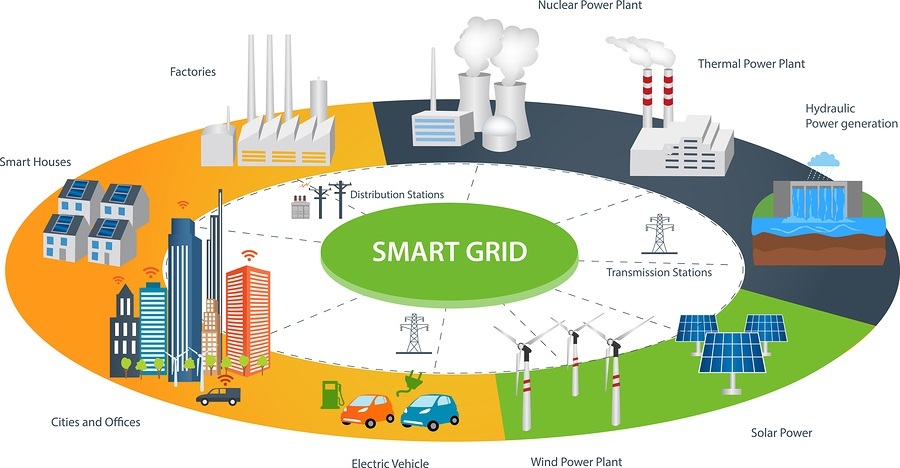|
The world of technology is constantly evolving, and one of the most exciting frontiers is the Internet of Things (IoT). The IoT has revolutionized how we interact with everyday objects, from smart homes to wearable devices. However, a new era of connectivity is on the horizon - the Internet of Nano Things (IoNT). In this article, we will explore what IoNT is and how it promises to reshape our future. At its core, IoNT refers to the interconnection of nanoscale devices through the internet. These nanoscale devices, also known as nanomachines or nanobots, are tiny sensors and actuators that can perform specific tasks at the molecular level. They are smaller than a grain of sand, yet they possess remarkable capabilities. By harnessing the power of nanotechnology, IoNT enables seamless communication and data exchange among these nanodevices. The potential applications of IoNT are vast and diverse. In healthcare, nanobots could be deployed in the human body to monitor vital signs, detect diseases at an early stage, and deliver targeted drug therapies. These tiny machines could autonomously navigate through the bloodstream, providing real-time data to healthcare professionals. This would revolutionize diagnostics and treatment, leading to more personalized and effective healthcare solutions. In the environmental sector, IoNT can play a crucial role in monitoring and preserving natural resources. Nanosensors embedded in soil or water can provide valuable data on pollution levels, nutrient content, and the overall health of ecosystems. This information can help scientists make informed decisions and implement sustainable practices for the benefit of the planet. Furthermore, IoNT has the potential to transform industries such as agriculture, manufacturing, and transportation. Smart farming systems equipped with nanosensors can optimize irrigation and fertilization, leading to increased crop yields while minimizing resource waste. In manufacturing, nanobots can revolutionize quality control by inspecting products at the molecular level, ensuring higher precision and reducing defects. In transportation, IoNT can enable autonomous vehicles to communicate with each other and infrastructure, leading to safer and more efficient transportation networks. However, as with any emerging technology, IoNT also presents challenges that need to be addressed. Security and privacy concerns are of paramount importance when dealing with interconnected nanodevices. Ensuring the secure transmission of data and protecting against cyber-attacks will be critical to the successful adoption of IoNT. Additionally, ethical considerations surrounding the use of nanobots in healthcare and other sectors require careful examination. The potential for misuse or unintended consequences must be taken into account to ensure the responsible development and deployment of IoNT. In conclusion, the Internet of Nano Things represents a significant advancement in connectivity and technology. By leveraging nanoscale devices, IoNT opens up a world of possibilities across various industries. From healthcare to environmental monitoring, IoNT has the potential to improve our lives, enhance sustainability, and drive innovation. As we continue to explore and develop this exciting field, it is crucial to navigate its challenges responsibly and ethically, ensuring a bright and connected future for all.  |
